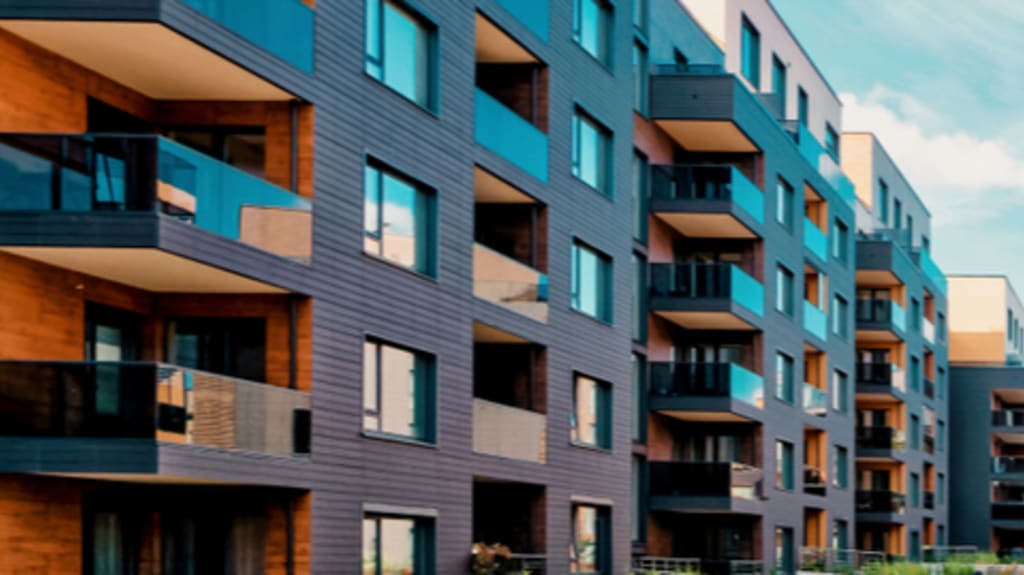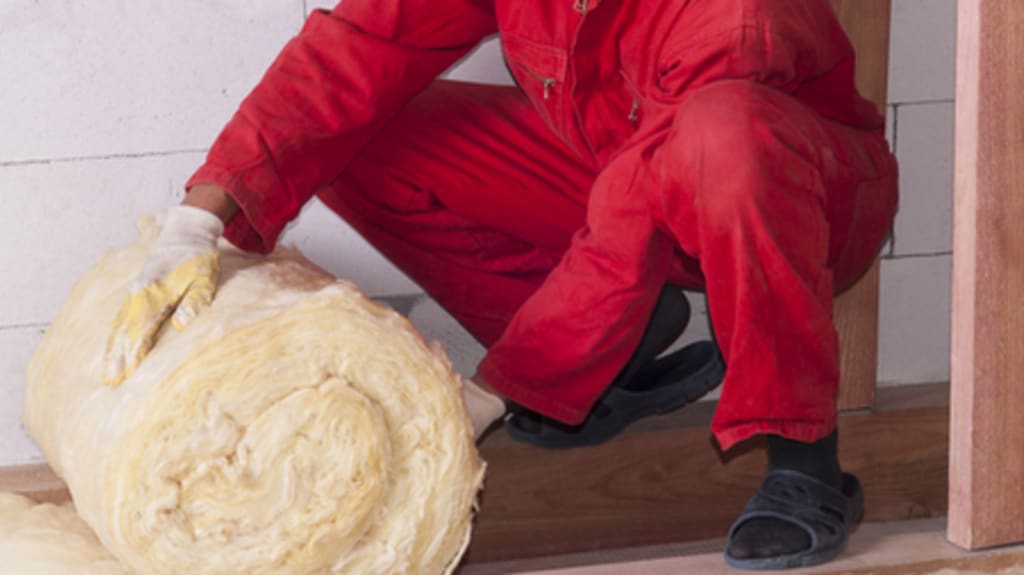Living in a co-owned property like a condominium is a relatively new concept in Quebec. As condo buildings aged – sometimes badly – it became evident that there were gaps in the regulation of this type of housing. Some buildings were poorly maintained, insurance deductibles were becoming harder to pay, and some condo unit owners (co-owners) had to declare bankruptcy or sell their unit in response to an avalanche of special assessments. Several situations needed correcting. This is where Bill 141 and Bill 16 come in.
These two laws will be coming into effect very soon! Read on to learn how they’ll affect condo living and how you can prepare for the changes.
Bill 141 and Bill 16
Adopted in 2018 and 2019, respectively, Bill 141 and Bill 16 affect all condo owners. Bill 141, which focuses on the financial sector, will have repercussions on insurance policies purchased by condo boards.
Bill 16 aims to reinforce building maintenance. To keep condo fees low, some condo boards don’t put enough into the contingency fund. As a result, when major work is required (e.g., replacing the roof or windows), the boards charge co-owners for special assessments due to a lack of funds or they delay repairs, which can lead building deterioration.
Bill 141 and insurance
The project Bill 141 includes several requirements regarding insurance, one of which will affect co-owners’ wallets.
This law requires co-owners to create a self-insurance fund, a new addition to the existing operating fund and contingency fund. The new fund must contain the equivalent of the highest deductible (the amount that the insured party has to pay in case of an insurance claim) among all insurance contracts purchased by the board. Often the water damage deductible is the highest, if excluding earthquake and flood damage, and it tends to increase as claims are made. This requirement comes into effect on April 15, 2022.
After this date, the co-owner must have a municipal property assessor determine the value of the property every five years. They’ll determine the depreciation of the property, which will subsequently cause the deductible to increase or decrease.
Bill 16 and the contingency fund
Through the project Bill 16, the government wants to ensure that condo boards keep their property well maintained and that they set aside enough money to fund major renovation projects in the future. This requirement isn’t currently in effect as the government is still ironing out the details (e.g., determining which professionals will be eligible to conduct the contingency fund study). However, once the law is in place, condo boards will have three years to comply.
Condo boards will have to do the following:
Create a maintenance log. This document records the evolution of the building and identifies repairs, improvements, and renovations completed over the years. The log is useful to transmit knowledge between old and new board members and is also very useful for the person tasked with completing the contingency fund study (see below).
Carry out a contingency fund study. The study describes and evaluates the cost of major projects to be completed over the next 25 years (or more) on the building’s common elements, such as windows, exterior cladding, and the concrete slab of the underground parking area. The study then estimates, on a yearly basis, the amount required in the contingency fund to cover these projects.
Often simply reading the contingency fund study makes co-owners realize how far off they are from holding the necessary sums and that they will have to double (or even triple!) their efforts to catch up.
Impact on condo fees
These new laws are sure to have an impact on condo fees. Of course, money will have to be allocated to carry out the contingency fund study, which will need to be updated every five years.
The increase that undoubtedly will hurt the most is the one connected to the contingency fund, especially if the property is older and the fund was neglected for several years. However, the law provides 10 years to top up the fund if it’s not large enough. This will prevent a dramatic condo fee increase.
Finally, co-owners will have to contribute to the new self-insurance fund. The good news is that they’ll only need to make a one-time contribution, unless an insurance claim is filed. If there is a claim and the deductible has to be covered, co-owners will be required to make another contribution to the self-insurance fund. Some will see this as a motivation to keep the property well maintained, to avoid any claim related to negligence, for example.

Condo maintenance
While waiting for the contingency fund study to be completed, it may be useful to start thinking about major work that’ll have to be done in the coming years.
The roof
Even if it’s often almost invisible to condo occupants, especially if it is a flat roof, roofing is a key element of the building envelope. To prevent major problems, it’s a good idea to inspect the roof twice a year, before and after winter.
Once it’s reached the end of its useful life, replace the roof as soon as possible to avoid water infiltration. Remember that the number of insurance claims filed will directly impact the deductible, which can increase contributions to the self-insurance fund.
So be sure to put enough money into your contingency fund to be able to replace the roof when the time comes. The useful life of a roof depends on the kind of materials used.
Asphalt shingles: 15 to 25 years
TPO and EPDM: 25 to 30 years
Elastomeric membrane: 20 to 30 years
Multilayer (tar and gravel): 15 to 30 years
Metal sheet: 50 years or more
Slate: 75 to 100 years
In addition to planning the time of replacement, you’ll also need to estimate the cost to do so, even if it’s difficult to forecast the price of labour and materials that far in advance. Prices vary greatly from one material to another, so feel free to read our article on the prices of different roofing materials.
Exterior siding and foundation
The foundation and the exterior siding of your property are also potential points of water infiltration. Exterior temperatures and weather effects, particularly times of freezing and thawing, worsen wear and tear on the building envelope. If the deterioration goes too far, certain problems may appear and severely damage your home. The roots of trees planted near your condo may also damage the foundation.
While it’s difficult to figure out when exactly you’ll have to make foundation repairs, it’s pretty easy to determine when you’ll need to replace the siding.
Engineered wood (CanExel): 30 years or more
Vinyl or PVC: more than 40 years
Aluminum: more than 25 years
Acrylic (often used on side windows of Montreal triplexes): 25 years or more
Brick: more than 75 years (but the pointing will have to be redone after 20 or 25 years)
Fibre cement: Up to 40 years with a high-quality product
In terms of cost, set aside a larger amount in your contingency fund based on the material chosen or used. The price of siding materials varies with the quality.
Doors and windows
A variety of problems can occur in building windows: ice at the bottom during winter, water or air infiltration, hardware sticking (e.g., the crank), deterioration of the wood frame, and even condensation inside double- or triple-glazed panes.
You can make repairs to extend the life of your windows, such as by caulking or changing the thermal pane. That said, in some cases, window replacement is the only solution.
Different types of windows are available, each with its advantages and disadvantages. Materials and prices vary, with PVC windows being the least expensive. Your contingency fund will have to be generous to absorb what is sometimes the astronomical cost of changing all the windows of a property.
Balconies and terraces
Like other common elements, balconies also have a useful life. As a general rule, they’ll need to be changed between 10 and 50 years after installation. Prices vary greatly and are based on the type of material used as well as issues related to building accessibility, etc.
Fibreglass: more than 20 years
Wood: between 10 and 25 years
Composite (wood and plastic): up to 25 years
Concrete: more than 50 years
In addition to individual balconies, your building may also have a rooftop terrace that’ll need to be redone at some point. The more elements it features (built-in seating, pergola, etc.), the more the cost is likely to climb. You can get some ideas by looking at these inspiring condo terrace designs.

Take care of your condo to save money in the long term
It’s essential to maintain your condo through both regular maintenance and major projects. When the time comes and you’d like to move on, a condo located in a building in good condition will sell more quickly and for a higher price. In addition, self-insurance funds and contingency funds with high balances offer reassurance both to you as an owner and to future buyers. They mean you don’t have to worry about special assessments!
For more information about condo properties, consult the Regroupement des gestionnaires et copropriétaires du Québec website.
If you need help with condo management, there’s now an app (French only) for that: Hoodi! Keep track of your contingency fund and all scheduled and completed maintenance all in one place. Small condo properties can also take advantage of the affordable contingency fund study service offered. Managing a property has never been easier.
For condo renovations, both private portions and common spaces, feel free to contact us – we can help! Or call one of our Renovation Advisors at 1-877-736-6360. They can answer all of your questions.





